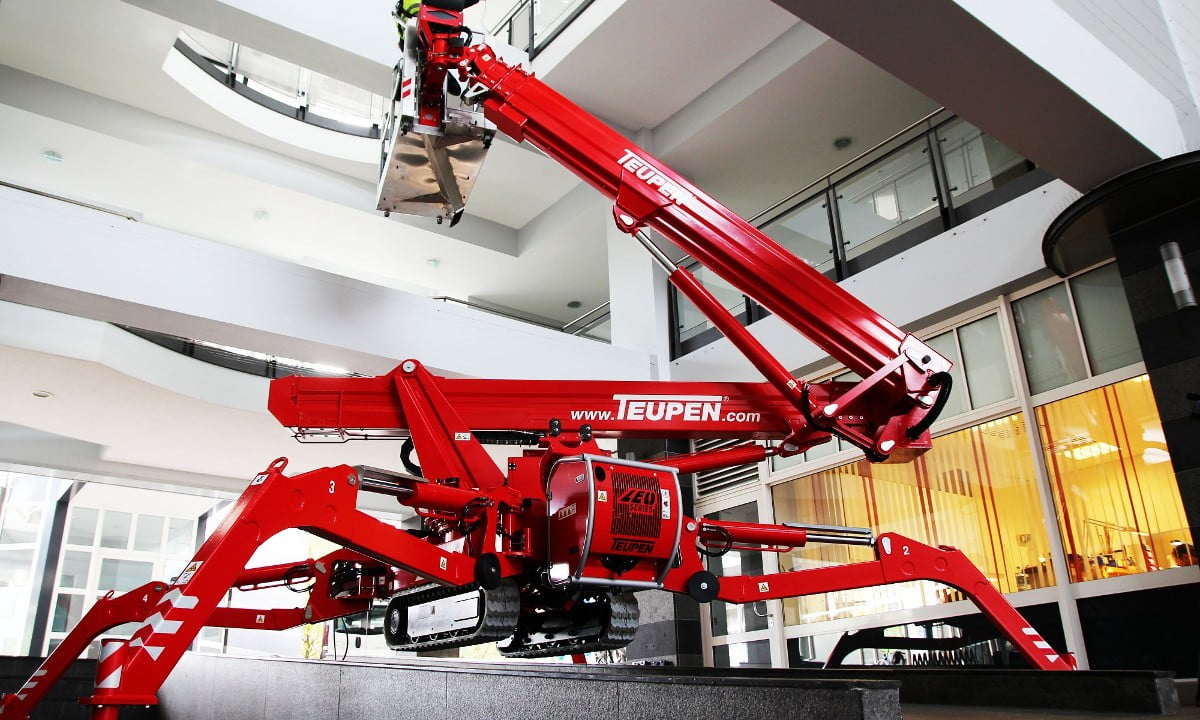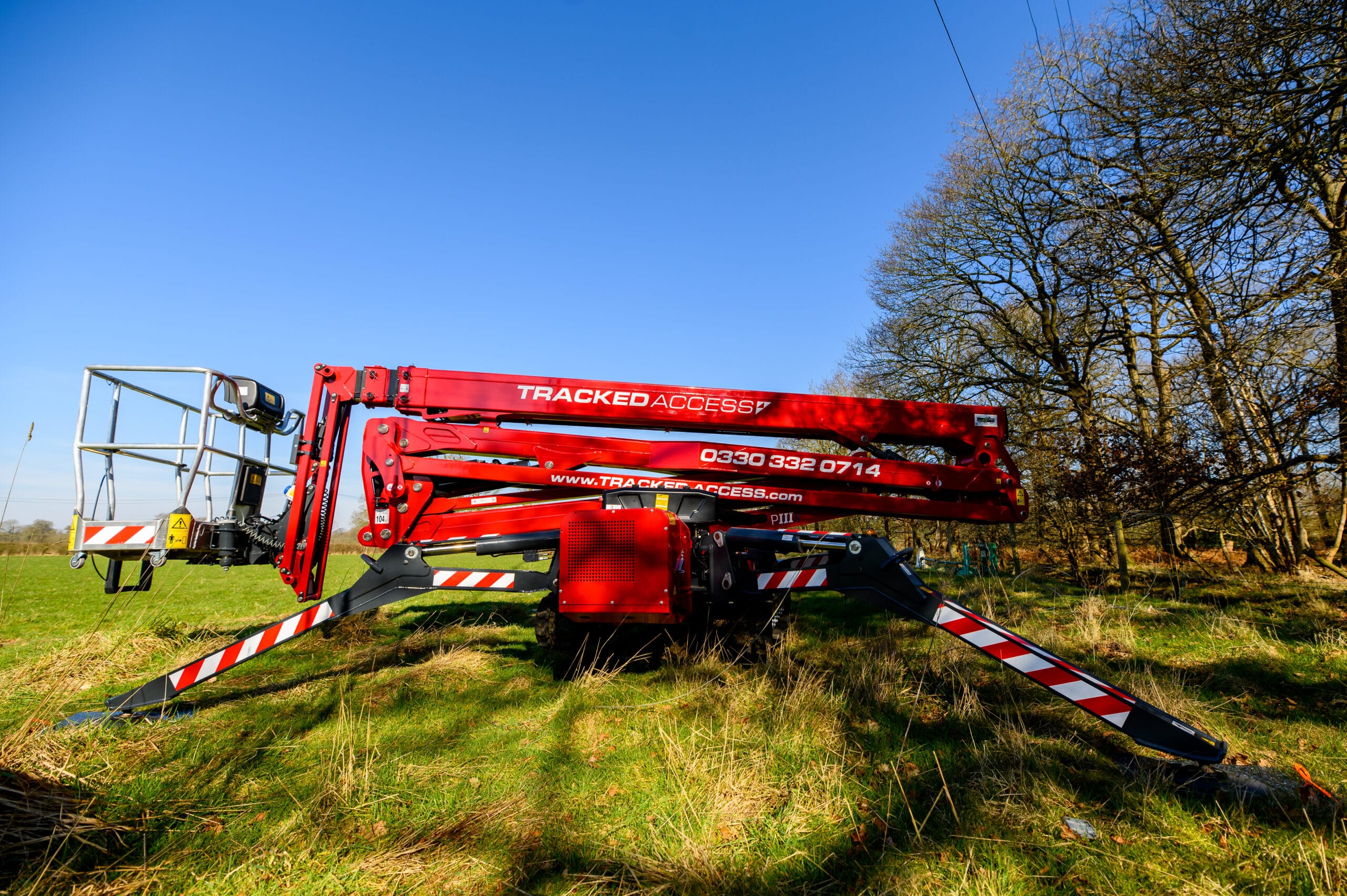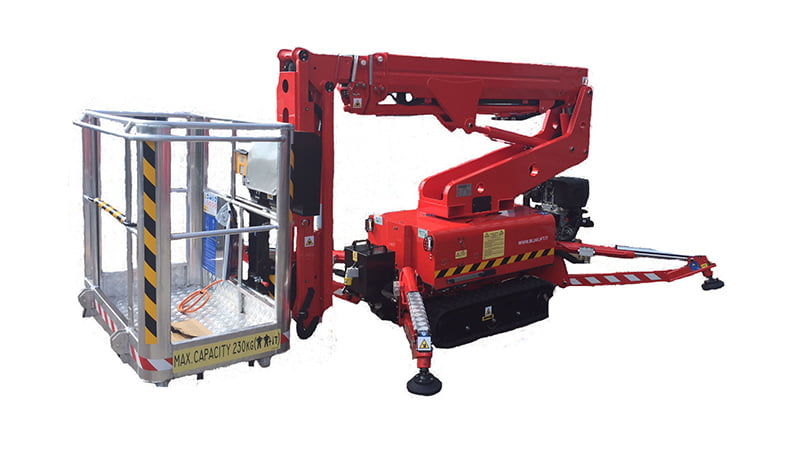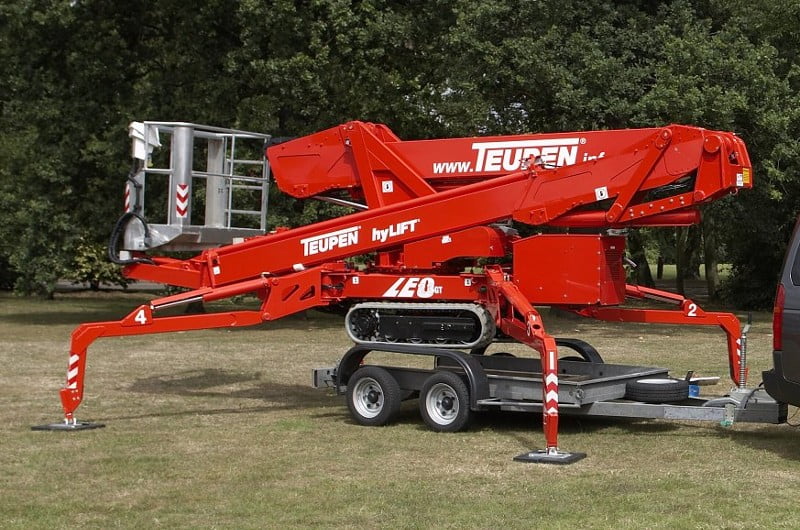Working outdoors in winter brings unique challenges, especially when using access equipment at height. Colder…

The Long and Short Term Hire Cost Implications of Spider Lifts
Choosing between long term and short term spider lift hire is a critical decision that impacts not only budget but also operational efficiency. Spider lifts, known for their flexibility and reach, are essential tools in industries such as construction, maintenance, and facility management.
Carefully considering the project scope and duration upfront will help you determine whether a long-term rental for a larger project or a short-term solution for specific tasks makes the most sense for your needs.
We will evaluate the cost differences and benefits of both hiring strategies, providing businesses with insights to make informed decisions based on their specific project durations and budgetary constraints.
Understanding Spider Lifts
Before we explore the cost implications, it’s important to understand what spider lifts are and their uses. Spider lifts are mobile hydraulic platforms with articulated arms that provide access to high and difficult to reach areas. They are called ‘spider’ lifts due to their leg-like stabilisers that provide support on uneven surfaces, making them ideal for both indoor and outdoor tasks in complex environments.
- Short-term Hire – Benefits and Costs
Flexibility – Short term hire provides flexibility, especially for projects with variable scopes or for businesses that need a spider lift for occasional tasks. It allows companies to access the latest models with advanced technology without long-term commitments.
Reduced Responsibility – Hiring on a short term basis means less worry about maintenance, storage, or depreciation. The hire company typically covers these aspects, ensuring the equipment is in top condition when delivered.
Higher Daily Rates – Short term rates are generally higher than long term rates when calculated on a daily basis. This is because the rental company aims to cover their costs quicker.
Transportation Costs – Each hire period may involve separate delivery and pick up fees, adding to the overall cost, especially for frequent, intermittent projects.
- Long-term Hire – Benefits and Costs
Cost Effectiveness – Long term hire rates are typically lower per day compared to short term rates. This reduction can significantly impact overall project costs, making it a more economical option for prolonged projects.
Consistency – Having a spider lift available throughout a project ensures consistency in work flow. Teams become familiar with the specific equipment, increasing efficiency and reducing the learning curve associated with using new machinery.
Commitment – While the daily hire cost is lower, long term hire requires a commitment, which might not be ideal for businesses with fluctuating equipment needs.
Maintenance and Storage – Depending on the hire agreement, some long term contracts may require the hirer to manage maintenance and storage, which could add unexpected expenses.
Evaluating Project Needs
When deciding between long term and short term hires, consider the project duration, any budget constraints and the frequency of use. The length of the project is perhaps the most significant factor. Long term hires are more cost effective for projects extending over several months, while short term hires suit short, one off or irregular tasks.
Initial budgets can dictate hiring strategies. If cash flow is a concern, short term hire avoids a long term financial commitment. For fixed budgets allocated for long projects, long term hires can reduce the overall expenditure. Assess how often the spider lift will be used. If the equipment is needed regularly, long term hire can reduce logistical hassles and costs associated with multiple short term hires.
Which Hire Period Will You Choose?
Deciding between long term and short term spider lift hires involves weighing the cost implications against the benefits each option offers. For businesses with ongoing, regular needs, and a clear understanding of project timelines, long term hires can offer cost savings and convenience. Conversely, for those with shorter, less frequent needs, or varying project scopes, short term hires offer greater flexibility and lower upfront costs, despite higher daily rates.
Ultimately, the choice should align with your project’s specific requirements, budgetary constraints, and future forecasting. Analysing past project patterns and anticipating future needs can guide this decision, ensuring that you choose the most cost effective and efficient hiring strategy for your spider lift needs.
Should you need further advice on the most suitable hire period for your project and your budget, please feel free to get in touch with our experts at Tracked Access today. This can be done by giving us a call on 0330 332 0714 or by emailing your enquiry to us at [email protected] and we will get back to you promptly with the further information your require to determine whether short term or long term spider lift hire is best for your and your budget.


